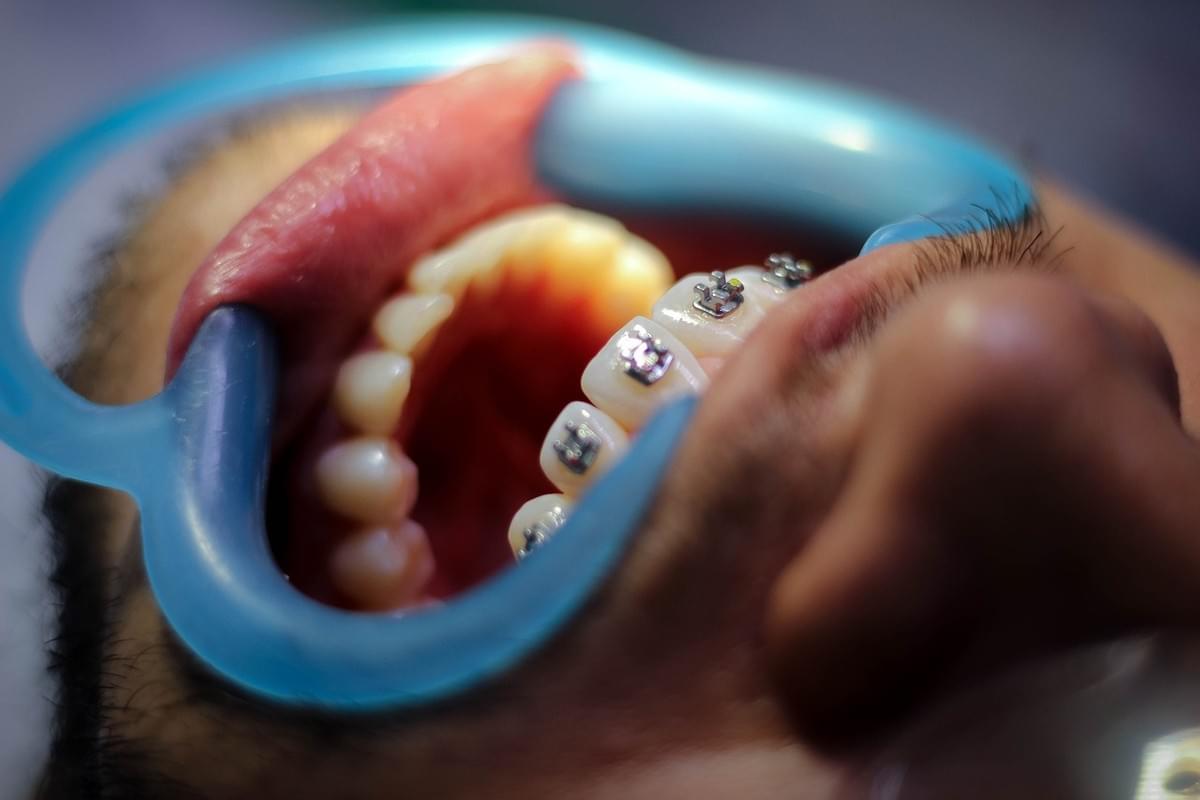
Orthodontics is a specialized field of dentistry which deals specifically with the diagnosis, treatment, and correction of malformed teeth and jaws, as well as misaligned bite patterns associated with it. It may also specialize in correcting abnormal facial development, referred to as orthodontic orthopedics. Orthodontics involves both surgical and non-surgical procedures aimed at correcting problems with your teeth and bite. Orthodontics also works in collaboration with physical therapists and other health care professionals to help patients achieve maximum results from their orthodontic treatments. If you have any concerns about your current condition or would like to learn more about orthodontics, contact a local orthodontist office today.
One of the most common conditions treated by orthodontists is the malocclusion or misalignment of one's teeth. The word "malocclusion" comes from the Greek words which mean "mosaic" and "bite," and refers to a condition when a person's bite is off-center or over-lapping. This condition causes problems with everyday activities such as reading, writing, eating, talking, and socializing. Orthodontics can correct malocclusion through braces, appliances, restructuring, appliances, crowns, veneers, implants, or other reconstructive techniques.
Another common condition treated by orthodontics is tooth decay. The word "dental" has a Latin root which means "to shape or mold." The goal of orthodontics then is to restore a patient's natural smile and dental health by restoring healthy and symmetrical bone and gum function. This can be accomplished through a variety of methods, including in-office treatment, non-invasive gum repair surgery, braces, sedation dentistry, laser gum surgery, and more. Orthodontics also aims to prevent further tooth decay by offering prevention treatments such as maintaining good oral hygiene, flossing and brushing twice daily, as well as other strategies to help patients maintain a healthy mouth. In addition to treating existing teeth and gums, orthodontics can improve the overall appearance of the face through various methods including dental bridges, clear braces, Lumineers, and more.
One of the most common and problematic conditions treated by orthodontics involves the overbite or underbite. Oftentimes this occurs when the lower teeth protrude over the upper front teeth, creating an appearance that is unnaturally wide or shortened. An orthodontist can help a patient realize and fix their overbite through a number of techniques including bonding and straightening.
If you're interested in pursuing orthodontics as a career, you'll need to complete an accredited dental school. These programs are relatively brief and it can take between six months and two years to complete a full Bachelors degree. Once you have your degree, you will need to pass both a written and oral examination, as well as a dental board exam. You may be required to pay for your schooling, depending on where you live, but generally you will not have to repay your student loans once you have completed your studies. Most dentists prefer to accept job applications from students who have at least a bachelor's degree in an unrelated field to help them get their first dental office job, but you should still do your homework and research dentists before applying to any particular dental school.
Orthodontics provides a variety of services to patients with different needs. If you suffer from a teeth misalignment, experience difficulty eating, or are suffering from overcrowding, orthodontics may be the perfect choice for you. Before you begin treatment, however, make sure that you understand the cost of various services provided by a particular dentist. Invisalign aligners are a popular option in general dentistry, but it's important to find a dentist who offers the best deal on invisalign aligners.
For more info related to this article, click this link: https://en.wikipedia.org/wiki/Orthodontics.